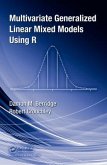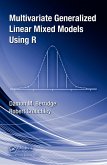
eBook, ePUB
25. April 2011
Taylor & Francis
eBook, PDF
25. April 2011
Taylor & Francis
Ähnliche Artikel

Gebundenes Buch
4. Auflage
20. April 2018
Chapman and Hall/CRC
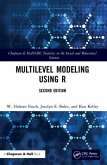

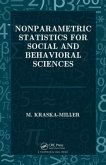
Gebundenes Buch
9. Dezember 2013
Taylor & Francis Ltd (Sales)
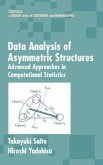
Gebundenes Buch
Advanced Approaches in Computational Statistics
28. Dezember 2004
Taylor & Francis Ltd (Sales)

Gebundenes Buch
1. November 2024
Taylor & Francis


Gebundenes Buch
Controversy: Misuse, and Subtlety
16. Dezember 1992
Taylor & Francis Ltd (Sales)


Gebundenes Buch
2nd edition
23. Januar 2019
Apple Academic Press
Ähnlichkeitssuche: Fact®Finder von OMIKRON

